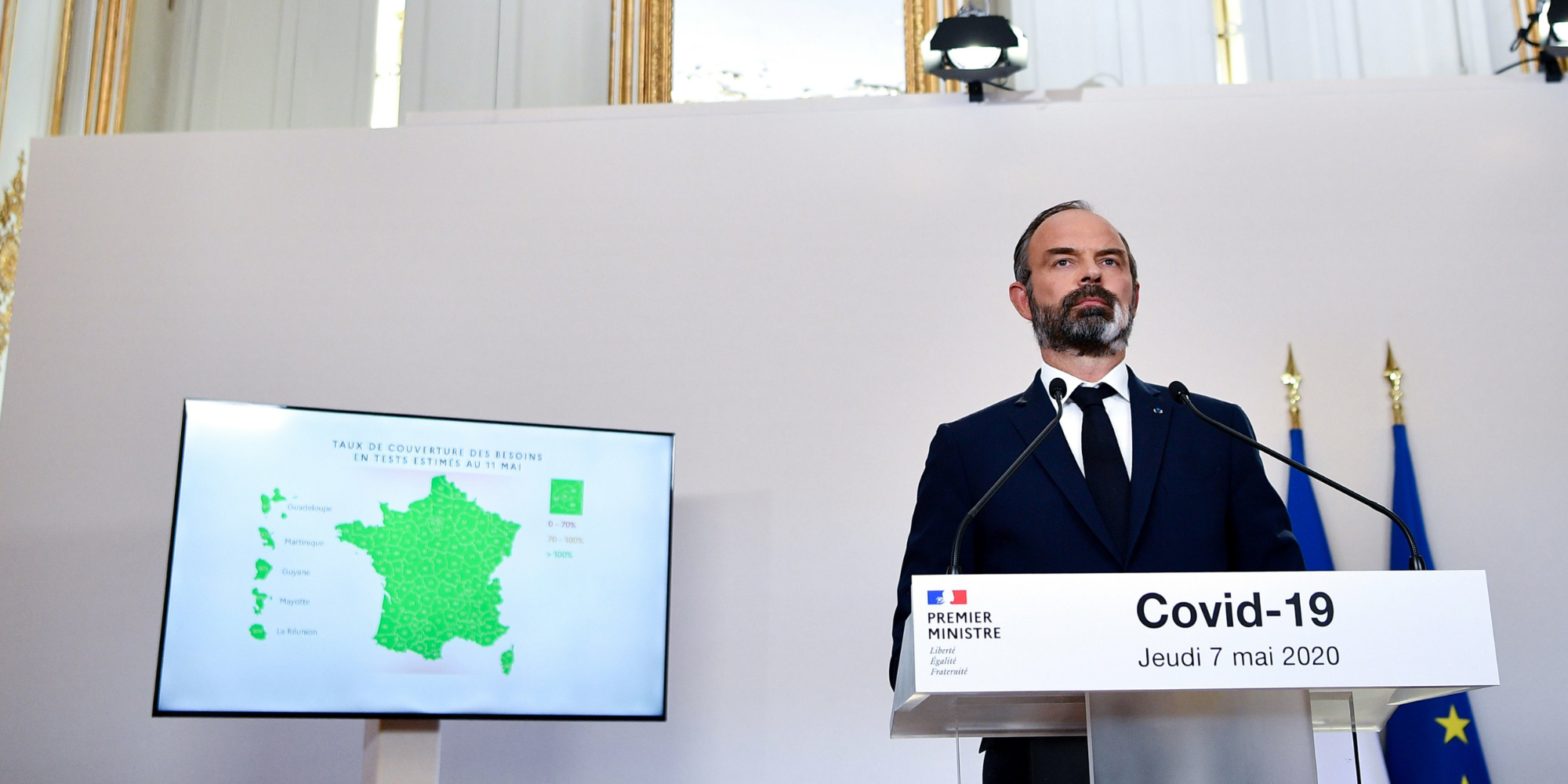The second stage of deconfinement, presented by Édouard Philippe at 5 p.m., opens Thursday, at the end of the Defense Council. This stage will really start on Tuesday June 2, until the beginning of July. While four regions are in red (Île-de-France, Hauts-de-France, Grand Est, Bourgogne-Franche-Comté), the map of France for deconfinement could evolve. But will it be entirely green after the Prime Minister's presentation?
>> LIVE - Coronavirus: follow the evolution of the situation Thursday May 28
The map would be entirely green, except for Paris and Val-d'Oise, if the only indicators retained were the three already known: the ability to do tests, the pressure in the intensive care units and the passage to the emergency room for suspicion of coronavirus.
A new card?
However, an overly optimistic map would not be realistic, as the virus is still circulating, whether in regions classified in red or in green. As shown by the fifty epidemic foci listed today throughout France.
CORONAVIRUS ESSENTIALS
> Deconfinement: what could the new card presented on June 2 look like?
> Coronavirus: 5 mistakes not to make with your mask
> Coronavirus: the French Academy has decided, it will now be necessary to say "the" Covid-19
> Statistical corrections, rounded averages ... exceptional measures for the bac 2020
> Antibodies, reinfection, mutation: three questions on immunity to the coronavirus
> Why are French nurses among the lowest paid in Europe?
To illustrate this low-noise traffic, Édouard Philippe could present a new map that would take into account, for the first time, a new indicator: the number of positive tests by department. This map could more precisely point to the risk areas.
The virus less present
On the regional scale of the classic map, only Ile-de-France could remain in red, because of its 7,000 hospitalized patients, more than 600 of whom are still in intensive care. The indicators show in any case that the epidemic is not behind us.
The virus is still circulating, albeit less actively than before confinement. For some, it is thanks to the measures recommended to the population, such as wearing a mask and physical distancing. For others, like the Academy of Medicine, it is the effect of the season that plays: the virus would be less active because it does not tolerate heat so well. Others believe that thanks to the pleasant temperatures, we live less confined and the virus therefore circulates less between people.

